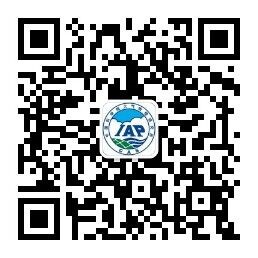报告题目: Modeling aerosol and its climatic impacts and the challenges: a perspective on dust
报告人:Dr. Chun Zhao(赵纯 博士)
Pacific Northwest National Laboratory (PNNL)
报告地点:LAPC多功能厅
报告时间:2013年5月7日(周二)上午10:30
Abstract
Atmospheric aerosol is one of the most important and uncertain agents in the climate system influencing the Earth energy balance. Understanding the roles of aerosols in the climate system has been significantly improved, but aerosol remains the dominant source of uncertainty in climate models due to its complicated processes and extremely varied amounts and properties in space and time. Mineral dust is one of the most abundant aerosol species in the atmosphere in terms of mass. Dust can interact with the solar radiation through absorption and scattering and to a lesser extent with the terrestrial radiation, and also serve as cloud condensation nuclei (CCN) and/or ice nuclei (IN) to influence cloud albedo and lifetime. Dust is also important for air quality through the impact on visibility and human health. In addition, the deposition of dust may also influence the ecosystems of oceans and rain forests. To understand these dust impacts on the climate and ecosystem systems, a numerical model is needed. WRF-Chem is a state-of-the-art model that simulates chemistry simultaneously with meteorology and their interactions. In this talk, the modeling of dust over the globe and its climatic impact at different regions will be presented. First, the global simulation of mass balance and radiative forcing of dust will be shown using the WRF-Chem model. Second, the regional modeling of dust and its impact on the hydrological cycle over North Africa, the largest source of mineral dust in the world, will be investigated. Third, the simulated radiative forcing of dust emitted from the Southwest North American deserts and its impact on monsoon circulation and precipitation over the North America monsoon (NAM) region will be examined. Finally, some results of modeling East Asian dust and its radiative impact will be exhibited. Modeling uncertainties in these studies due to biases in size distributions of emitted dust, dust optical properties, and aerosol size parameterizations will be also discussed.






